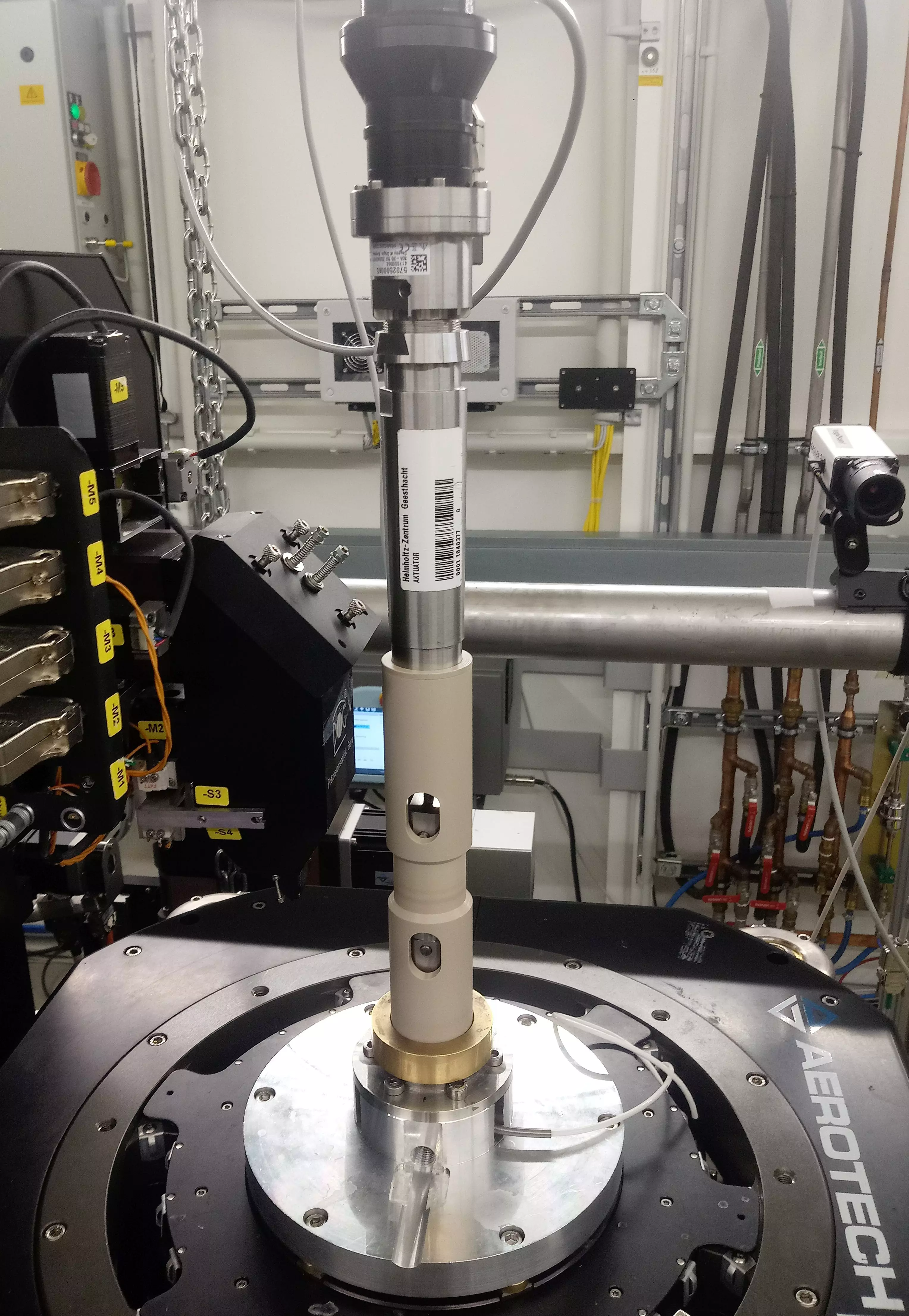Stories|Robust plastic materials for hydrogen storage systems
Using microtomography to create particularly durable compressors
New materials and analysis

Alongside electricity, hydrogen is seen as the energy source of the future. In an environmentally friendly hydrogen economy, the hydrogen produced by electrolysis of water must be stored and transported, and usually highly compressed. As a gas at normal pressure, it takes up too much space. However, the compressors required should be as robust as possible, as hydrogen under high pressure demands materials for high thermos-mechanical loads. Ultra-high-resolution examinations using X-ray computed microtomography make it possible to develop new fibre-reinforced plastics that do not form cracks even under the highest pressure and temperature loads.
In order to make polymers more durable, it is necessary to look at how their microstructure reacts under stress. Where and why does the material give way first, where do cracks form, which then spread and ultimately lead to leaks? Modern accelerator technologies make it possible to follow such processes in atomic resolution using so-called microtomography as they happen. Leobersdorfer Maschinenfabrik (LMF) from Austria, a leading manufacturer of customised high-pressure compressors for various gases, therefore approached the Helmholtz Centre Hereon because it operates the P05 beamline at DESY's PETRA III X-ray light source, where such experiments can be carried out.
Together with the University of Applied Sciences Upper Austria and the company MOCOM Compounds from Hamburg, LMF has developed a polymer piston ring solution for sealing hydrogen compressors to prevent the hydrogen from becoming contaminated or escaping. The properties and behaviour of these seals were tested and measured on the P05 under simulated operating conditions with corresponding thermomechanical stress. The partners involved had previously designed the appropriate test set-up together.
This made it possible to observe how the material initially deformed during tensile tests and then formed microcracks near the fibres of the material, which ultimately led to the fibres tearing out and the seal leaking. The tests provided valuable insights into how the polymers need to be further optimised in terms of their structure and composition in order to withstand higher loads.
